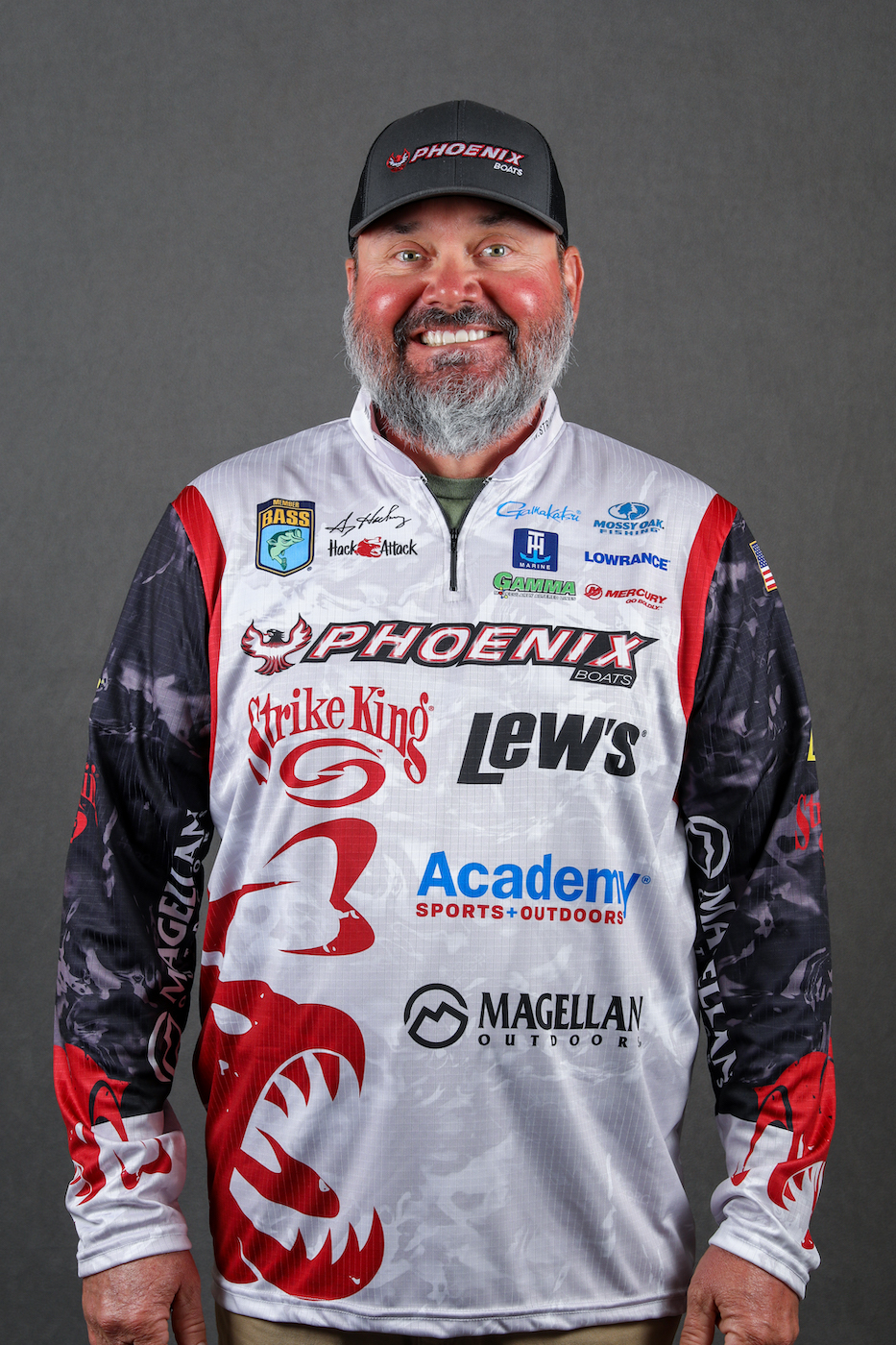When I mentioned last week that we (professional anglers) often target largemouth because they offer more weight, I didn’t mean to say or imply that’s always the case. We all know there are certain places where another species is predominate. The Great Lakes is the obvious example of that. Up there you’ll fish for big smallies or you’ll go home early if you’re fishing a tournament.
Let me remind you again, however, that you shouldn’t necessarily do what we do. If you’re fishing to have fun, catch what you’ve found and what’s biting. Don’t think you have to fish like an Elite Series pro. The idea for most bass anglers is to just have an enjoyable day on the water. It’s better to actually catch a 3-pound smallmouth than it is to might have caught a 5-pound largemouth if you’d only fished somewhere else.
Something else I learned over the years is that you’ll often find all three species in the same creek. If it’s long and has a variety of habitat in it you’ll probably find the largemouth around the weeds. The smallmouth, on the other hand, will hang out where there’s gravel and a lot of rock. A lot of times that’ll be where the bottom is a little cleaner and there’s more current. Points are good places for this.
The spots will typically be located somewhere off the bank, suspended over bottom structure. This is common with them almost everywhere. In fact, they’ll do this even in the main lake. We often say that they roam open water. That’s true, but you should always look for the deeper structure underneath them, even if the water’s 50 or 60 feet deep (in some places it’ll be a lot deeper than that).
You’ll see a similar pattern in the deep, clear highland reservoirs that are full of smallmouth and spots but support few largemouth. The smallmouth will hold right against the bluff walls or on the drops coming off them. The spots can be caught way off the walls — sometimes 50 feet or more — over really deep structure.
This is where I think Kentucky spots differ from what we call the Coosa River spots. To me, Coosa River spots are a lot more like largemouth. I’ve caught them in shallow water and in dirty water. You won’t find many Kentucky spots in places like that. The two are not the same.
Over the past two weeks I’ve tried to give everyone a general idea of what I see in the three species of black bass we all want to catch. But here’s the thing: They’re fish. Never forget that. At times, they’ll violate every rule in the book. If there’s one thing I’ve learned over the years it that there are no hard and fast rules in this sport.
That’s why I always say that if they aren’t where they’re supposed to be, you should look where they shouldn’t be. You know what I’m sayin’?
We’ll talk about something else next week. If there’s something you’d like me to deal with, don’t be shy about posting it in the comments section. Nobody knows it all. We can learn from each other.





